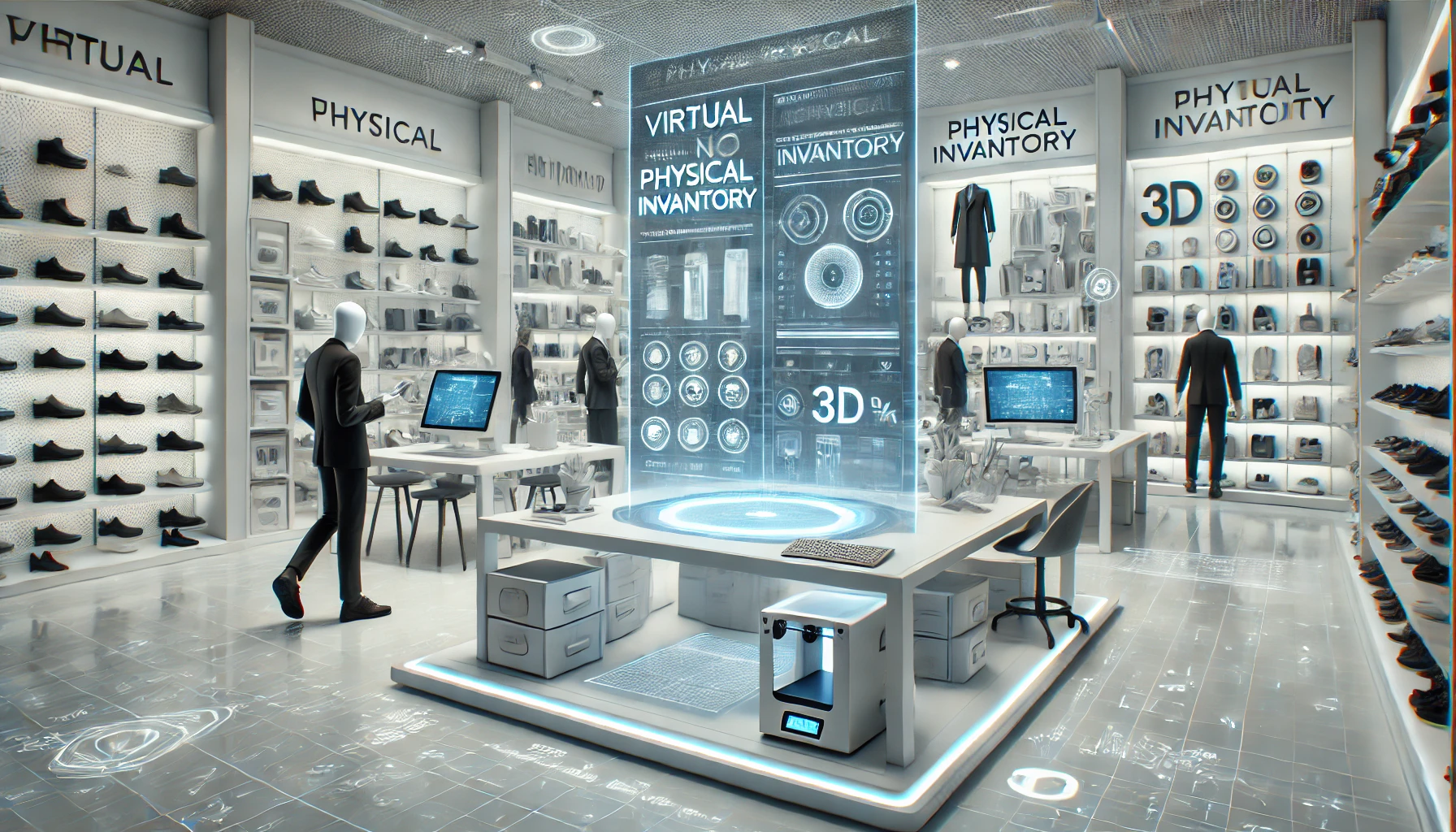In the dynamic landscape of the retail industry, the ability to harness and leverage customer data has become a game-changer. In the age of personalization and omnichannel shopping, retailers face a critical challenge: understanding their customers. Gone are the days of siloed data sets and segmented marketing campaigns. Today, success hinges on the ability to unify customer data from across touchpoints, creating a holistic view that fuels smarter strategies and drives tangible results.
What is Unified Customer Data?
Unified customer data is a single, consolidated repository of information about individual customers, gathered from various sources like:
- Point-of-sale (POS) systems: Purchases, returns, and loyalty program activity.
- E-commerce platforms: Online browsing behavior, purchase history, and abandoned carts.
- Social media: Brand interactions, preferences, and demographic data.
- Mobile apps: Location data, in-app behavior, and push notification engagements.
By uniting these disparate data points, retailers gain a 360-degree view of their customers, revealing their preferences, purchase patterns, and brand affinities. This rich tapestry of insights empowers them to tailor their offerings and interactions to each individual, fostering deeper relationships and boosting sales.
Boosting Sales through Personalization:
Unified customer data refers to the integration and centralization of information collected from various touchpoints in a customer’s journey. This includes online and offline interactions, purchase history, preferences, and feedback. By aggregating this data into a cohesive profile, retailers gain a comprehensive understanding of each customer, enabling them to tailor marketing strategies and enhance the overall shopping experience.
Imagine walking into a store greeted by a salesperson who knows your favorite brands, recommends items based on your recent online browse, and even suggests complementary products you might like. This level of personalization, fueled by unified customer data, is no longer a fantasy. It’s the key to:
- Targeted promotions and discounts: Delivering personalized coupons and offers based on individual purchase history and preferences, leading to higher redemption rates and increased sales.
- Dynamic product recommendations: Recommending relevant products on websites, in-store displays, and even email campaigns, driving up average order value and customer satisfaction.
- Seamless omnichannel experience: Recognizing customers across channels, ensuring a consistent and personalized experience whether they’re shopping online, in-store, or via a mobile app.
Building Loyalty through Deeper Engagement:
Unified customer data isn’t just about selling more; it’s about building lasting relationships. By understanding customers’ individual needs and preferences, retailers can:
- Create targeted loyalty programs: Reward customers for their specific behaviors and interests, driving repeat purchases and brand advocacy.
- Deliver personalized content and communication: Send relevant emails, social media messages, and push notifications based on individual preferences, fostering engagement and brand loyalty.
- Proactively address customer concerns: Identify at-risk customers and proactively address their concerns before they escalate, resulting in higher customer satisfaction and retention.
Example: From Data Silos to Sales Surge
Consider a major clothing retailer struggling with stagnant sales. Their data was scattered across POS systems, e-commerce platforms, and loyalty programs, offering no clear picture of their customer base. By implementing a unified customer data platform, they were able to:
- Identify high-value customers who were purchasing less frequently online.
- Send them personalized email campaigns highlighting exclusive online deals and early access to new collections.
- Recommend complementary products based on their in-store purchase history, increasing average order value.
The results were astounding. Online sales surged by 25%, customer loyalty program enrollment doubled, and overall customer satisfaction reached record highs. This is the transformative power of unified customer data in action.
Conclusion:
In the competitive landscape of the retail industry, the power of unified customer data cannot be overstated. The ability to understand, personalize, and seamlessly engage with customers across various channels is a key driver of increased sales and loyalty. In today’s competitive retail landscape, unified customer data is no longer a luxury; it’s a necessity. By breaking down data silos and creating a holistic view of their customers, retailers can unlock a new era of personalization, driving sales, fostering loyalty, and ultimately securing a thriving future in the ever-evolving world of retail.
Embrace the power of unified customer data. It’s not just about numbers; it’s about understanding your customers on a deeper level, building meaningful relationships, and watching your business flourish.



